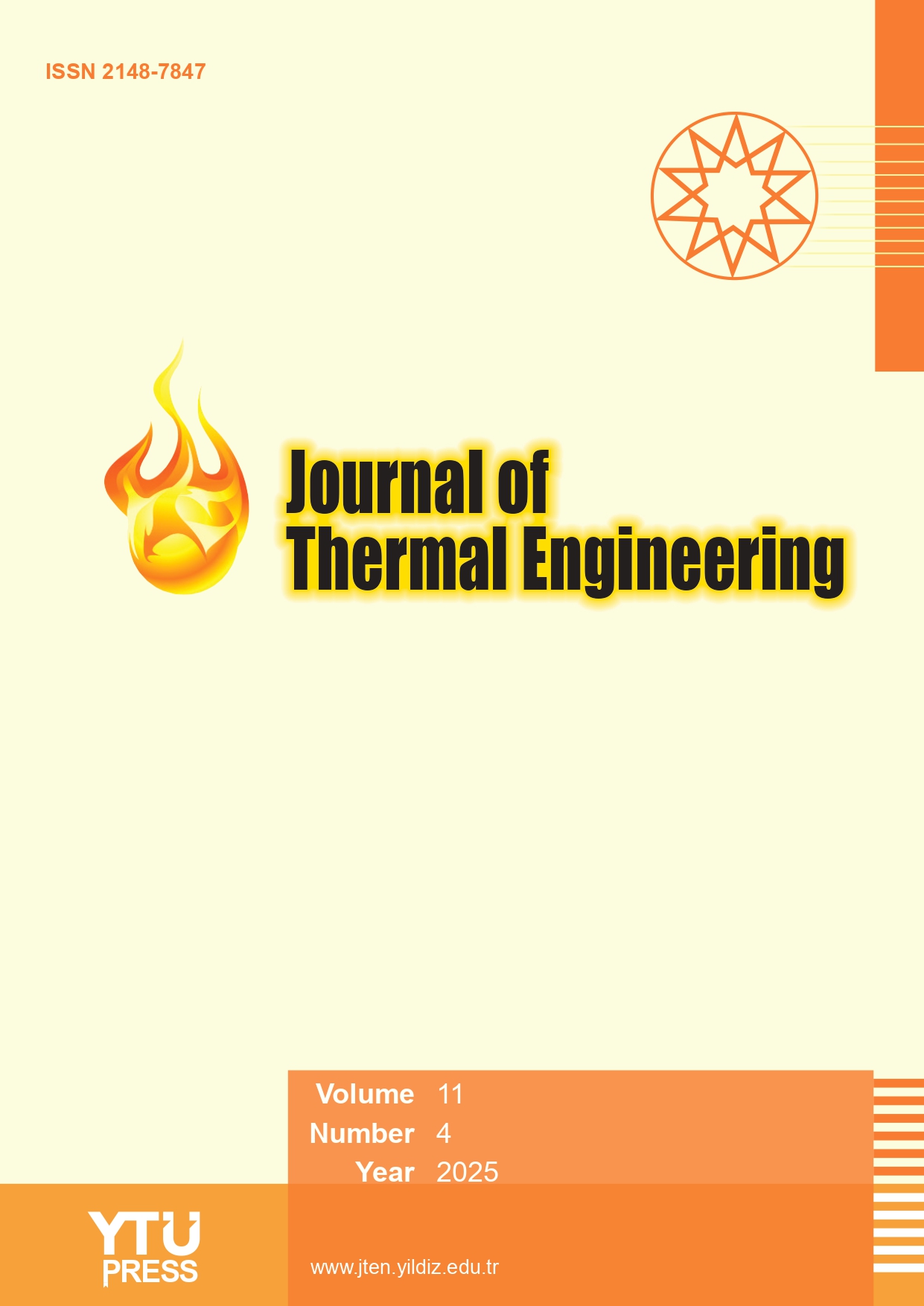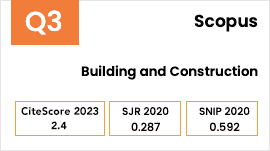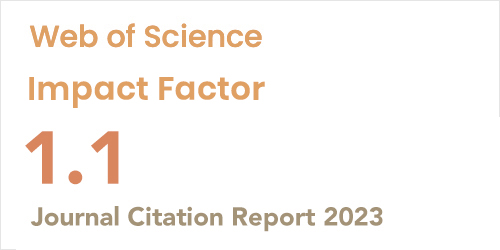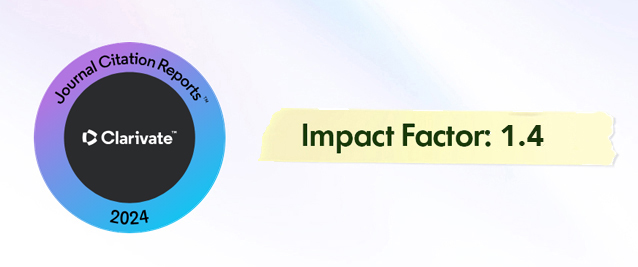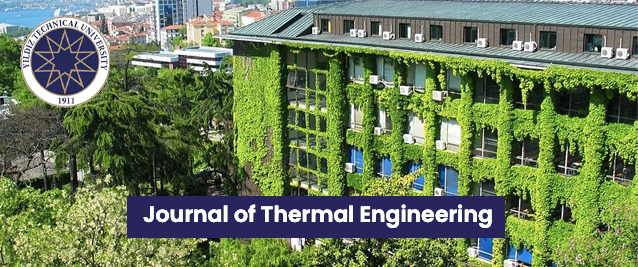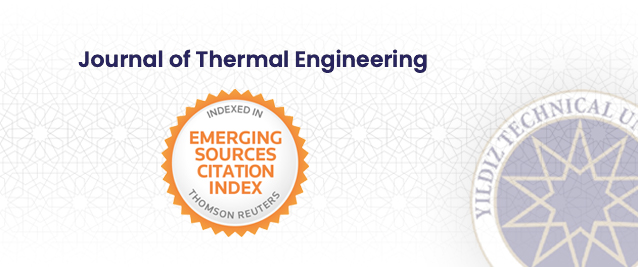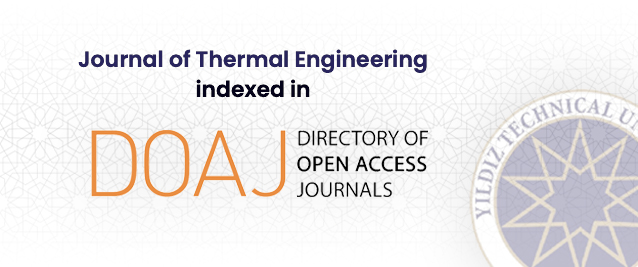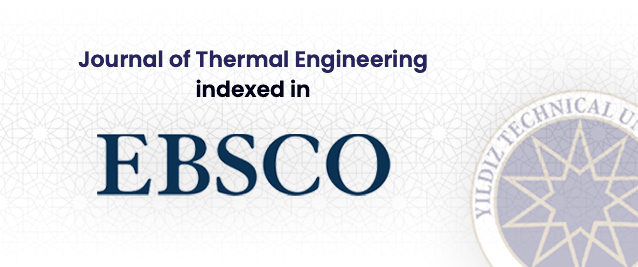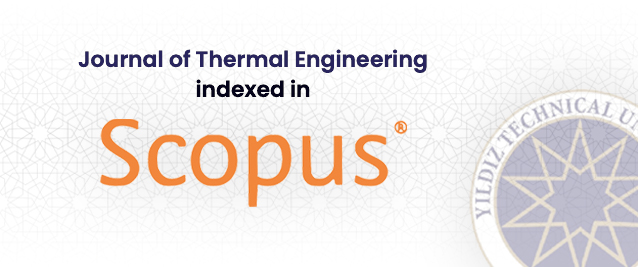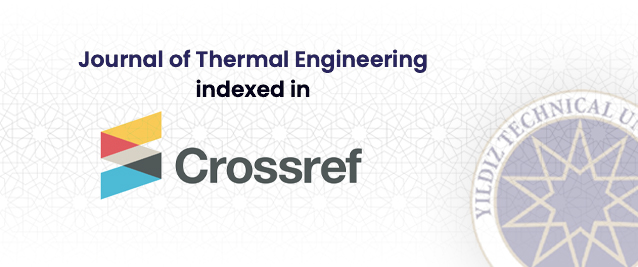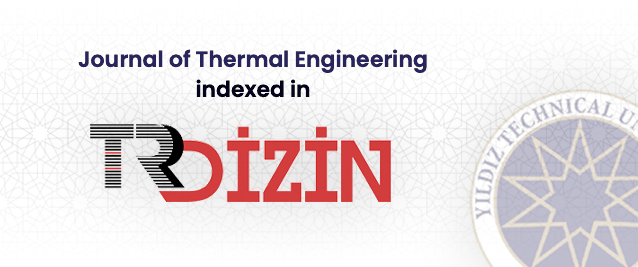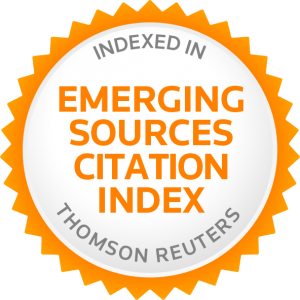Abstract
The present paper focuses its attention on assessing the influence of bristled shark scale structures over biologically inspired leading-edge protuberanced (LEP) airfoil section. It is worth
noting that utilization of bristled shark scale structures as an effective flow control method remains untouched to date and this paper aims to study the same. NACA 63(4)-021 airfoil
has been utilized as the baseline model in this study as it is closely reminiscent of the flippers of the Humpback whales. The test models include a baseline LEP model and two modified models M1 and M2 fitted with a single strip of shark scale structures at 0.6C and consecutive strips placed between 0.6 and 0.8C respectively. All the sets of experiments were conducted in the low-speed subsonic wind tunnel facility. The leading edge protuberanced wing utilized in
the present study features an amplitude of 0.12C and wavelength of 0.5C based on the foundation developed by the previous researchers. The bristled shark scale structures inspired by the
short-fin mako as well as the test model were 3D printed using PLA material at a resolution of 100μ/m. The test models were experimentally evaluated for a wide range of angles of attack
ranging from 0°≤α≤70° in increments of 5° at Re=1.71x105. Surface pressure measurements were obtained over the test models with the help of MPS4264 Scanivalve pressure scanner which are pneumatically connected to the pressure tapings. Aerodynamic forces and force coefficients were then estimated using pressure integration technique from the surface pressure measurements. Results reveal that the bristled shark scale tends to improve the aerodynamic characteristics in terms of lift increment and delay in flow separation. In other words, the modified models are effective as flow control means over the leading-edge protuberanced
airfoil section. M1 and M2 improve the lift coefficient by 44% and 18.6% respectively when compared against the LEP baseline model. The prevailing spanwise gradient in the LEP baseline model is reduced around 85% in the modified model M1.


